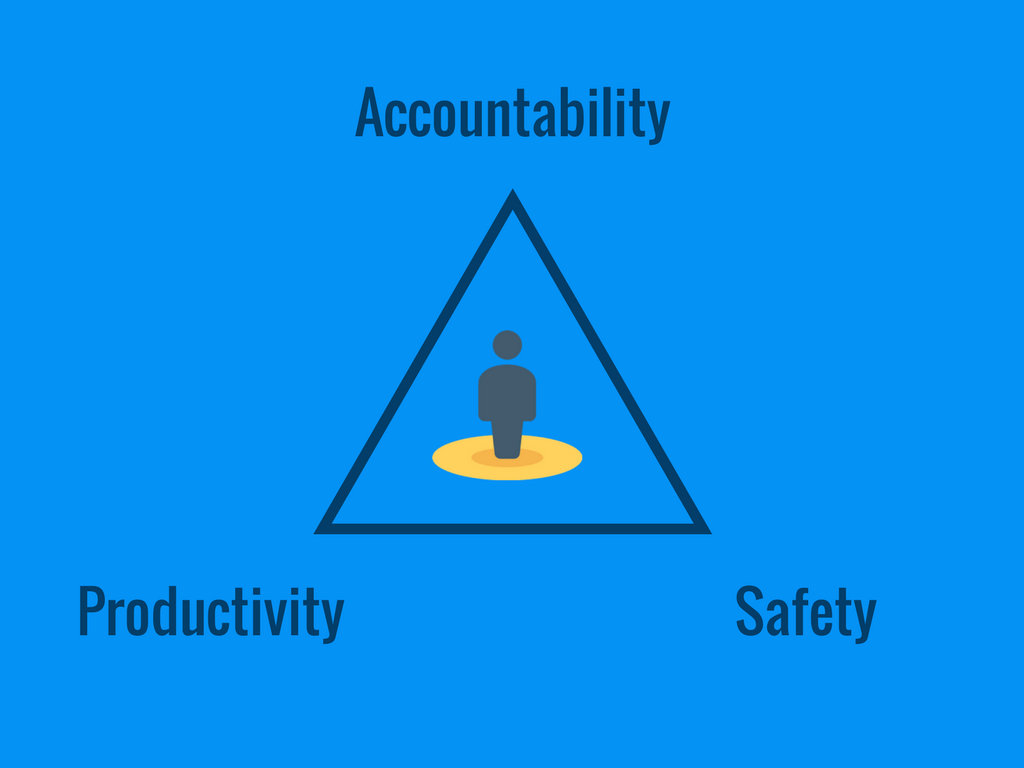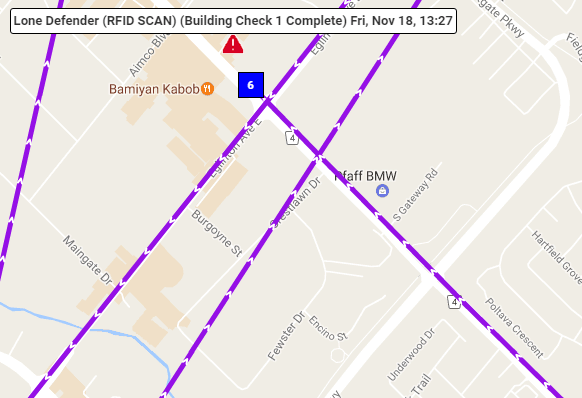
The movie “Ice Age” is a surprisingly great intro to lone worker policy.
Meet Scrat! Scrat is a loveable squirrel that appears throughout the series. Scrat’s biggest goal is to store an acorn.
Scrat always gets close to his beloved acorn but unfortunately always falls short. He goes through a bunch of challenges – ranging from falling off cliffs to even starting the Ice Age!
If only Scrat had a buddy or at least a better system for taking care of himself! In other words, he would not get in as much trouble with a lone worker policy.
Lone Worker Policy in Businesses
Lone worker policy is a hot area for businesses. Many businesses employ Scrats, or employees who work alone. They might range from security guards to company drivers.
Therefore, businesses need to be aware of issues such as accountability, productivity, and safety in their lone worker policy.
Accountability
The first step to a lone worker policy, arguably the most important, is assigning accountability. One of the biggest business mistakes is assigning unqualified, or worse, assigning no staff to manage risks.
Case Study – Diffusion of Responsibility
Here is a rather sad example of failed accountability. A few years ago, a lone worker collapsed and needed an ambulance. Actually, in theory, they were not alone because they fell in a neighbourhood with many potential bystanders.
Unfortunately, not a single bystander called 9-1-1. Why? Everyone just assumed that another person would call for an ambulance.
This is called diffusion of responsibility. Diffusion of responsibility is when everyone assumes that someone else will do the job, and no one ends up doing it. As a result, the best practice is to assign roles such as neighbourhood watch shifts.
Best Practice
Role assignment. The first step is figuring out who are the correct candidates to manage lone workers. Many businesses use safety managers, internal auditors, and even hired consultants.
Company buy-in. In addition to creating a management team, individual employees should also be responsible. As a result, employees should be given resources such as regular training in order to succeed.
Productivity
Supervision is a big challenge when managing lone workers. Unlike office staff, a lot of companies do not have a good way to check lone worker productivity.
Case study – The Creative Slacker
Security companies sometimes assign a single worker to a site. These workers are supposed to patrol the site and keep a record log.
Unfortunately, some employees cheat the system. For instance, in one security company, a guard started to skip patrols and fake logs. Later on, the guard started skipping entire shifts and returned in time for the shift change. They were only caught when the supervisor randomly checked the site and noticed that no one was on property!
Best Practice
Policy. Clear expectations should be set when employees are working alone. Often, companies prepare contracts that outline policies.
Audit. After setting up a policy, companies need to support policies with audit systems. In the security guard case study, logs are a weak audit system because employees can forge logs. However, a stronger control is using a check-in system. In this system, guards need to tag certain areas to prove that they are doing their patrols.
Safety
Businesses also need to be aware of their duty of care. A duty of care means that employers need to do enough to reasonably protect employees.
Case Study – “That’s all?”
Here is another security story, this time involving one of my friends. My friend was hired to watch over a construction site. He was the only person in the area.
On my friend’s first shift, the supervisor simply gave him the keys and wished him good luck. “That’s all?”, my friend asked. There was no training nor any safety measures.
Best Practice
Risk evaluation. There are a lot of safety risks for lone workers. One of the biggest challenges is prioritizing the highest risks. A lot of companies, as a result, compile risks and identify them as “low”, “medium”, or “high”. For instance, a high risk in our case is that my friend is relatively inexperienced and would not know how to handle a challenging problem by himself.
Managing risks. The next challenge is managing high-risk areas. This is often done through investing in technology or changing policies. For instance, my friend’s security company could provide more training or hire a more experienced guard to oversee the site.












